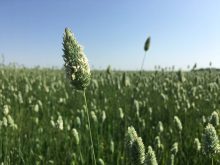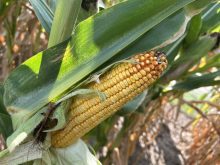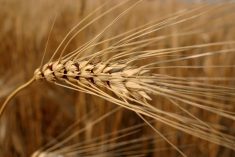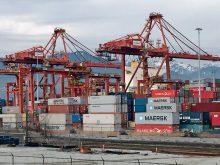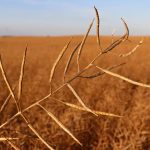Pulse sector welcomes government interest in stabilizing duty levels but says it’s not the first time this has been promised
The Indian government is developing a long-term policy to enhance domestic pulse production, says an analyst from that country.
If it works, the policy would reduce India’s reliance on imports but could also provide some perks for Canadian exporters and Indian importers of peas and lentils.
“The new policy aims to stabilize the level of import duty so that importers can be freed from frequent changes in customs duty structure,” IGrain India analyst Rahul Chauhan said in an email.
That was one of the messages delivered by representatives of India’s pulse trade when they met with India’s Central Consumer Affairs Department March 10 to discuss the proposed policy.
Read Also
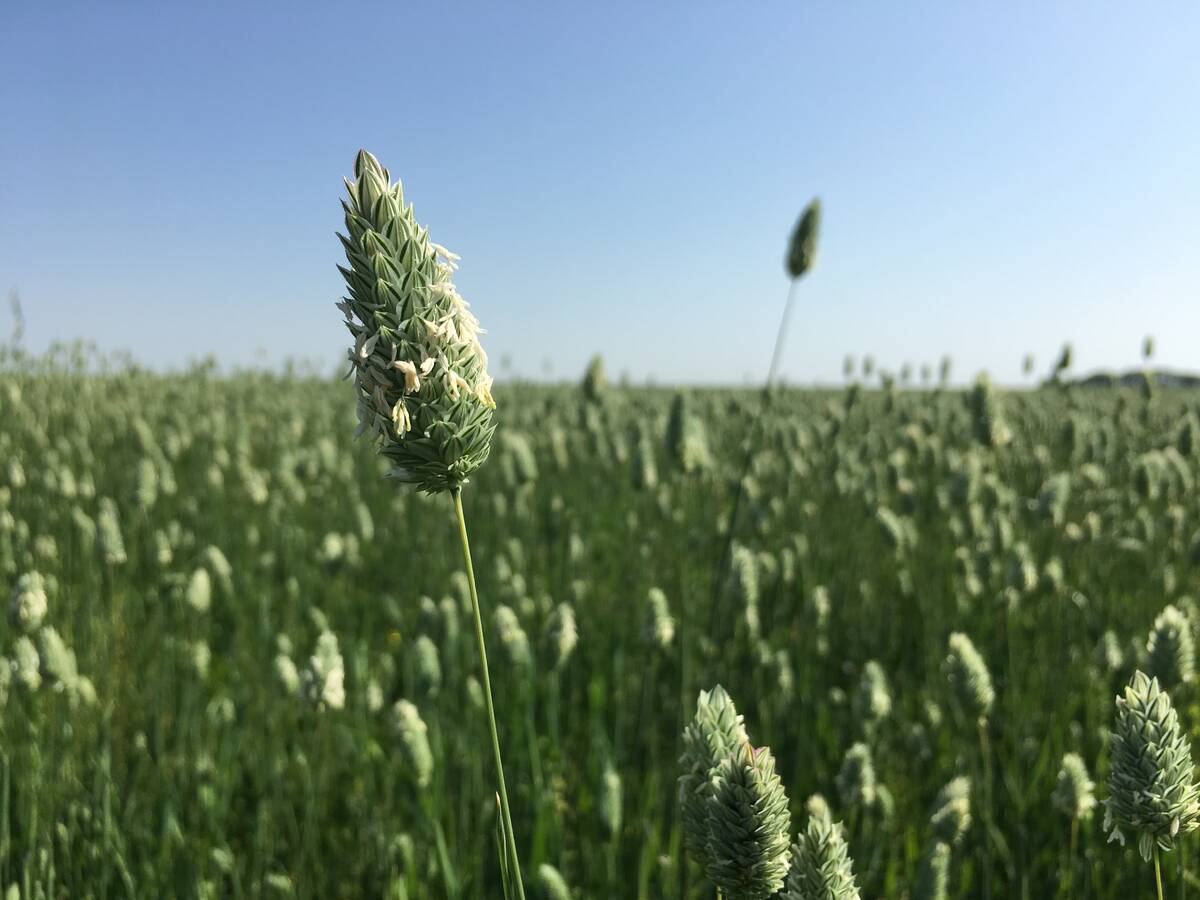
No special crop fireworks expected
farmers should not expect fireworks in the special crops market due to ample supplies.
Mac Ross, director of market access and trade policy with Pulse Canada, called the proposed policy a “positive signal” but also noted that these types of recommendations are not new.
He remembers a similar policy document tabled by India’s Ministry of Finance in 2016 calling for stability and predictability in India’s pulse import duties that never happened.
Canada and India recently announced the relaunch of previously stalled Comprehensive Economic Partnership Agreement Negotiations between the two countries.
Pulse Canada would like to see the agreement eliminate pulse duties and quotas but recognizes that is a sensitive issue for India.
If an elimination can’t be negotiated, the organization would like to see more transparent and predictable trade policies.
That would include published guidance explaining how the tariffs and quotas work and establishing provisions for issues such as what happens to shipments on the water at the time of a policy change.
Ross said it is encouraging that Canada’s largest lentil customer is finally coming back to the negotiating table after talks broke down in 2017.
He is equally excited that India’s negotiators have agreed to indefinitely lift fumigation penalties on Canadian pulse imports while it evaluates Canada’s proposed systems approach to pest risk management in an “early progress” agreement.
“It’s the first time we’ve had any policy clarity past a six-month agreement,” said Ross.
Canada has steadfastly refused to fumigate pulse shipments with methyl bromide because it says its systems approach to pest management is sufficient to keep unwanted pests out of India.
“We can prove that we can meet (their) requirements without the need of fumigation,” said Ross.
“We have the data to prove that.”
Up until now India has refused to take a serious look at that approach and has been instead charging Canadian shippers penalties amounting to about US$12 per tonne for receiving unfumigated shipments.
India had been providing six-month reprieves from those penalties but now it will be more permanent, providing a much-needed degree of certainty for exporters.
If India agrees to adopt Canada’s systems approach in the early progress agreement, it will go a long way toward eliminating many of Pulse Canada’s sanitary and phytosanitary concerns, said Ross.
It is the first time he has seen this type of positive momentum since negotiations broke down five years ago.




